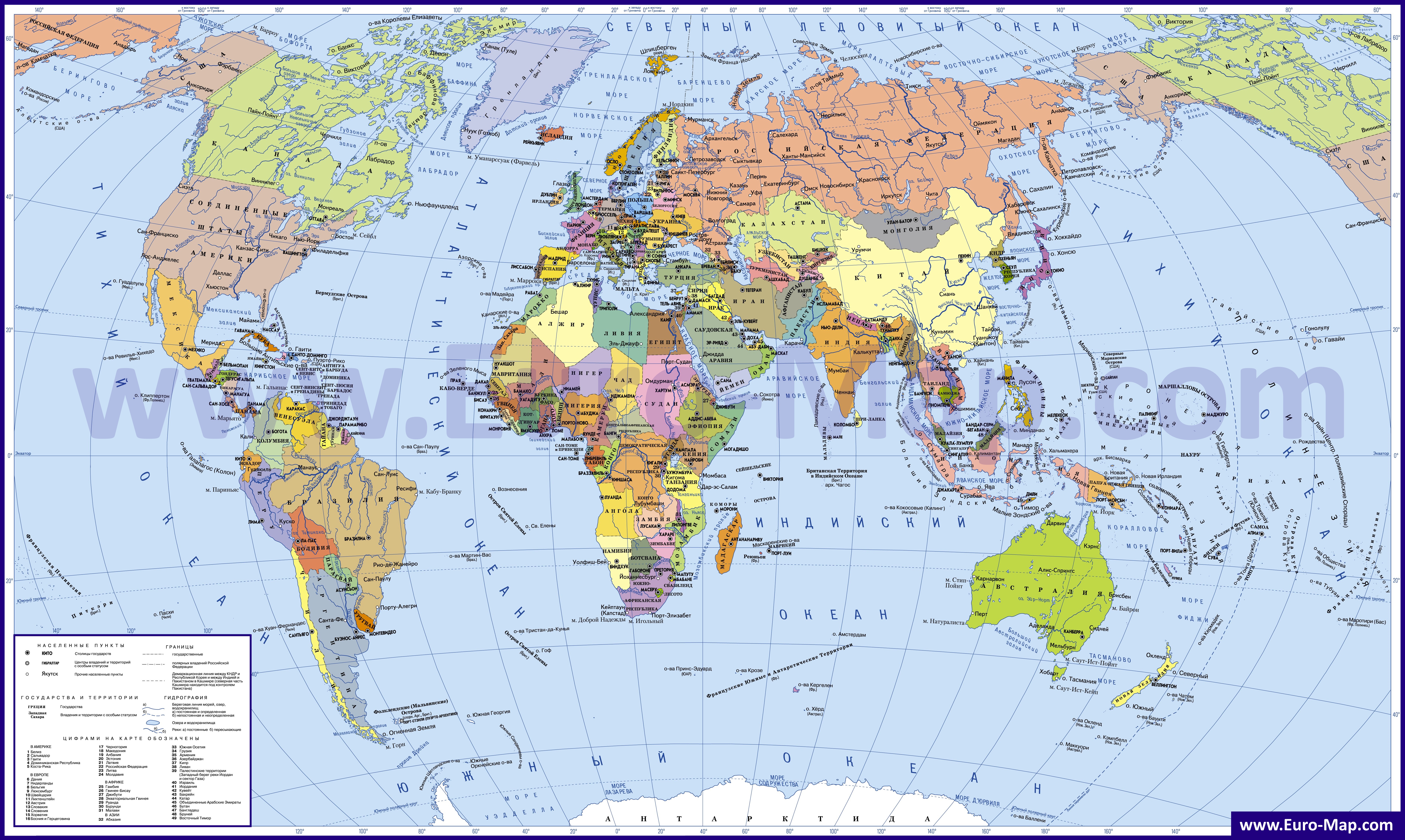
Karta Mira Pdf

Uplift and subsidence histories of continental margins are by now reasonably well understood in the context of plate tectonics, but the epeirogenic movements of continental interiors have been neither well documented nor properly understood. Epeirogenic movements are important to recognize when reconstructing paleogeography and may yield information regarding mantle dynamics and the amplitudes, wavelengths, and rates of lithospheric flexure. Sediments deposited at or near sea level can be used as a worldwide datum against which to measure postdepositional epeirogenic movements. The present elevations of shoreline sediments of epicontinental seas deposited during sea level highstands at particular times in the past define a warped surface documenting subsequent epeirogeny of continental interiors. When the amplitude of sea level rise during transgression is small relative to the observed epeirogenic motions, the diachronous shoreline deposits represented in the entire transgressive surface can be used as a datum in the analysis, thus greatly augmenting the available data and areal coverage. If a “stable” frame of reference can be defined, a eustatic sea level correction can be applied to every continent.

The elevation of the upper Cenomanian (mid‐Cretaceous) shoreline gives little evidence of warping, tilting, or uplift in central cratonic North America but indicates that a large area of the western United States, including the Colorado Plateau, has undergone more than 2 km of post‐Cenomanian epeirogenic uplift.